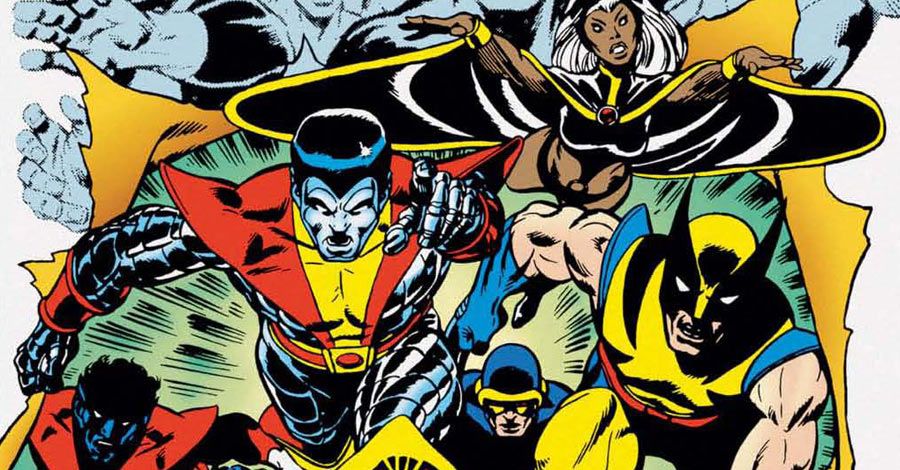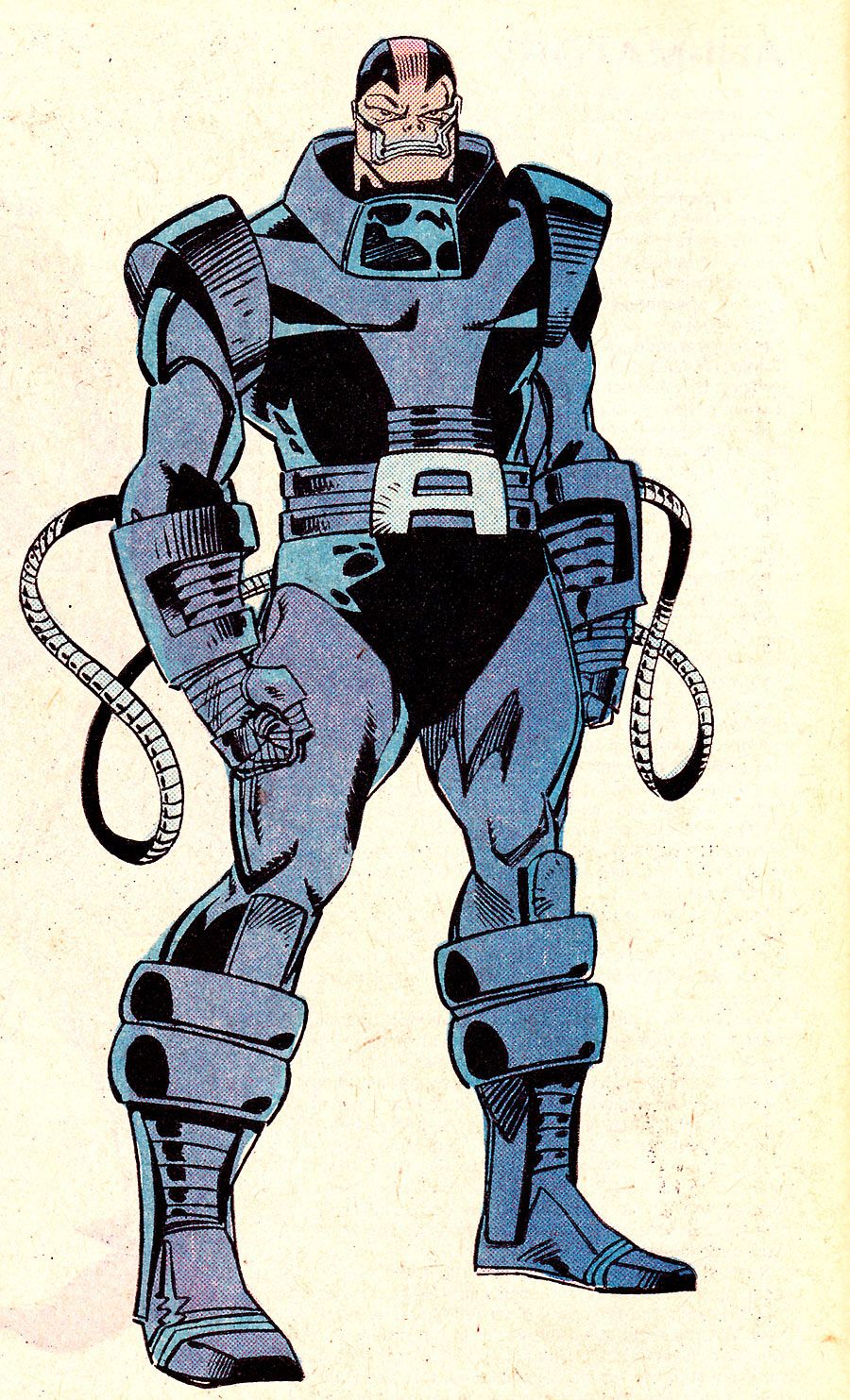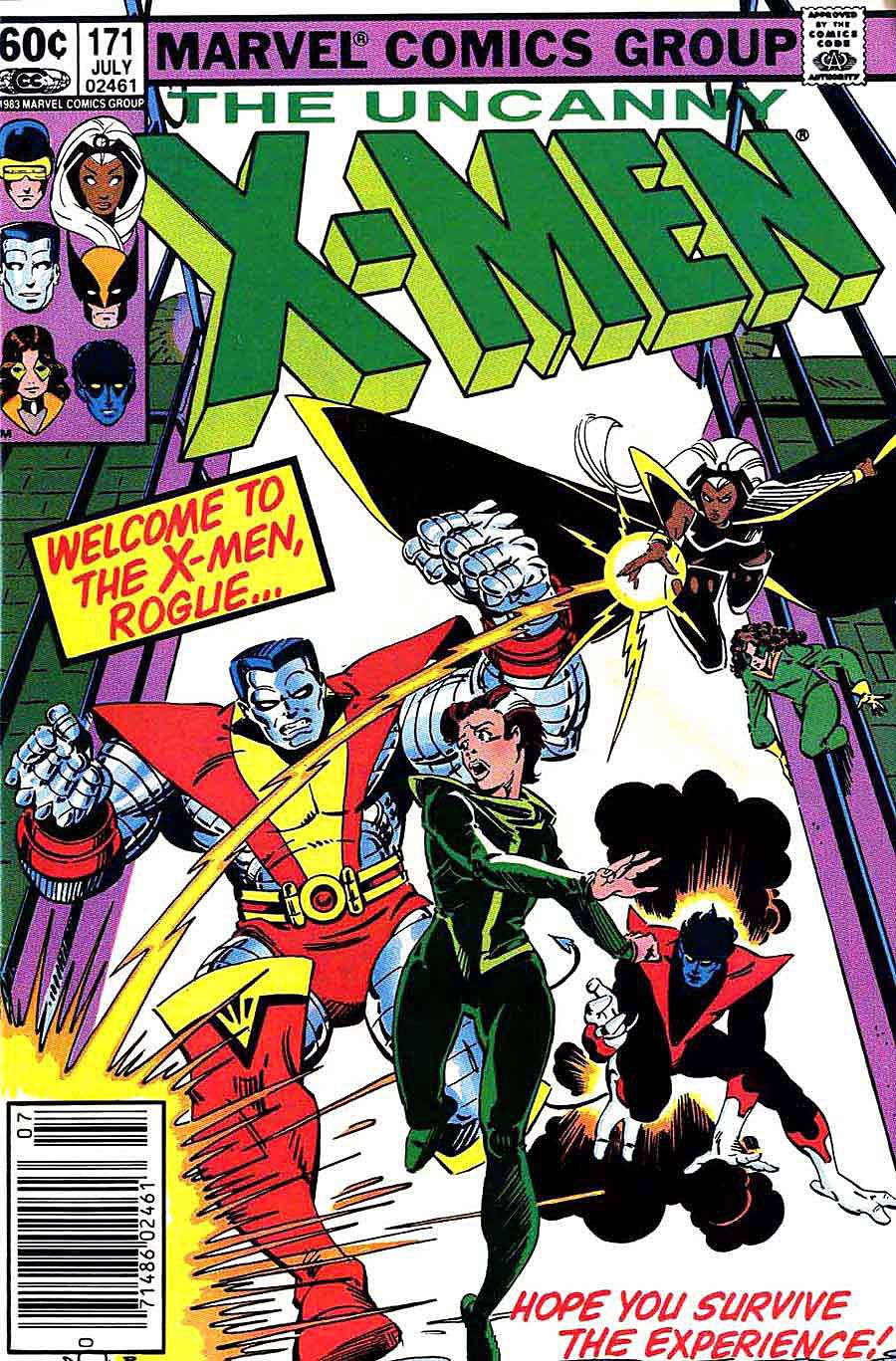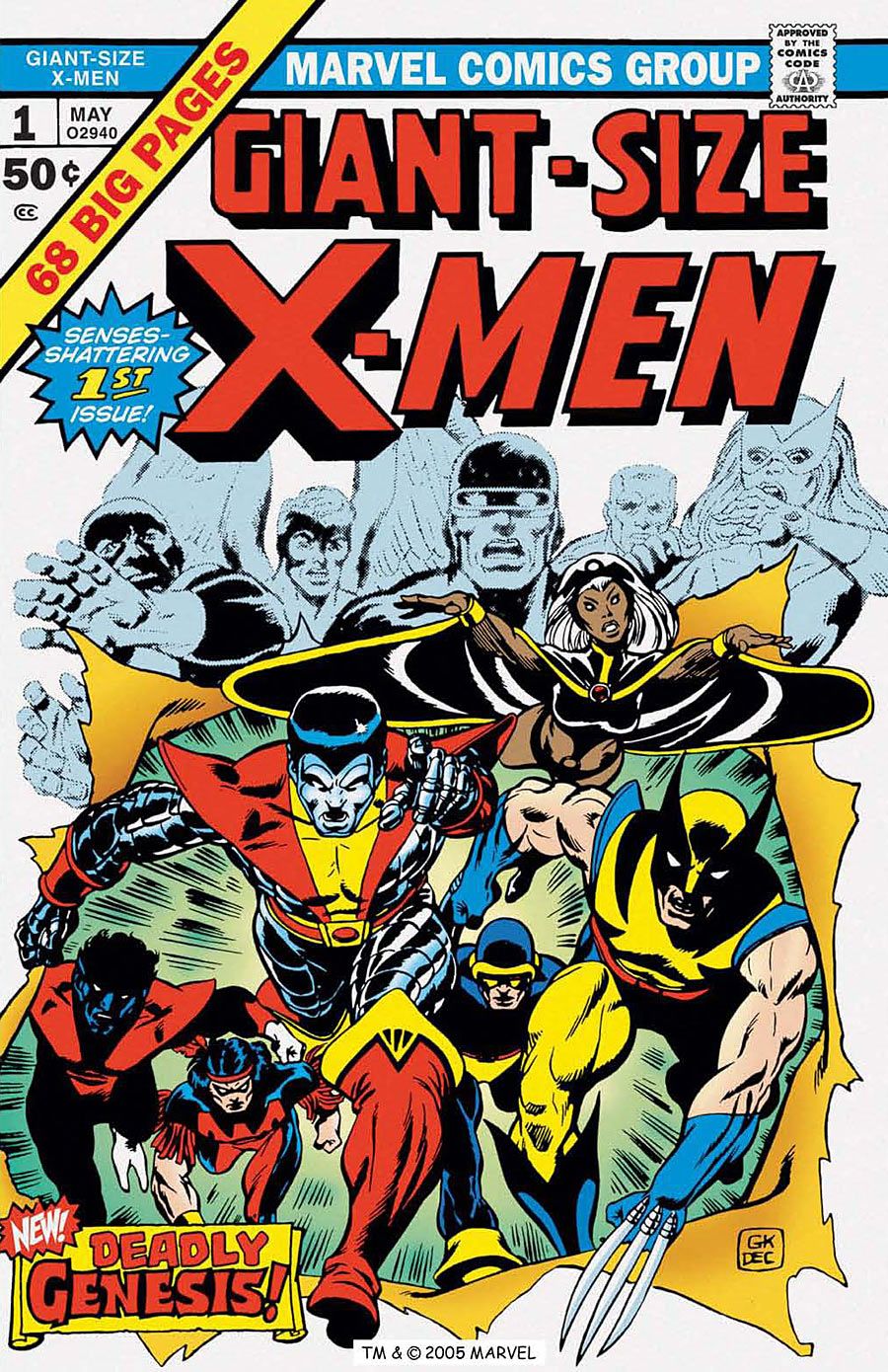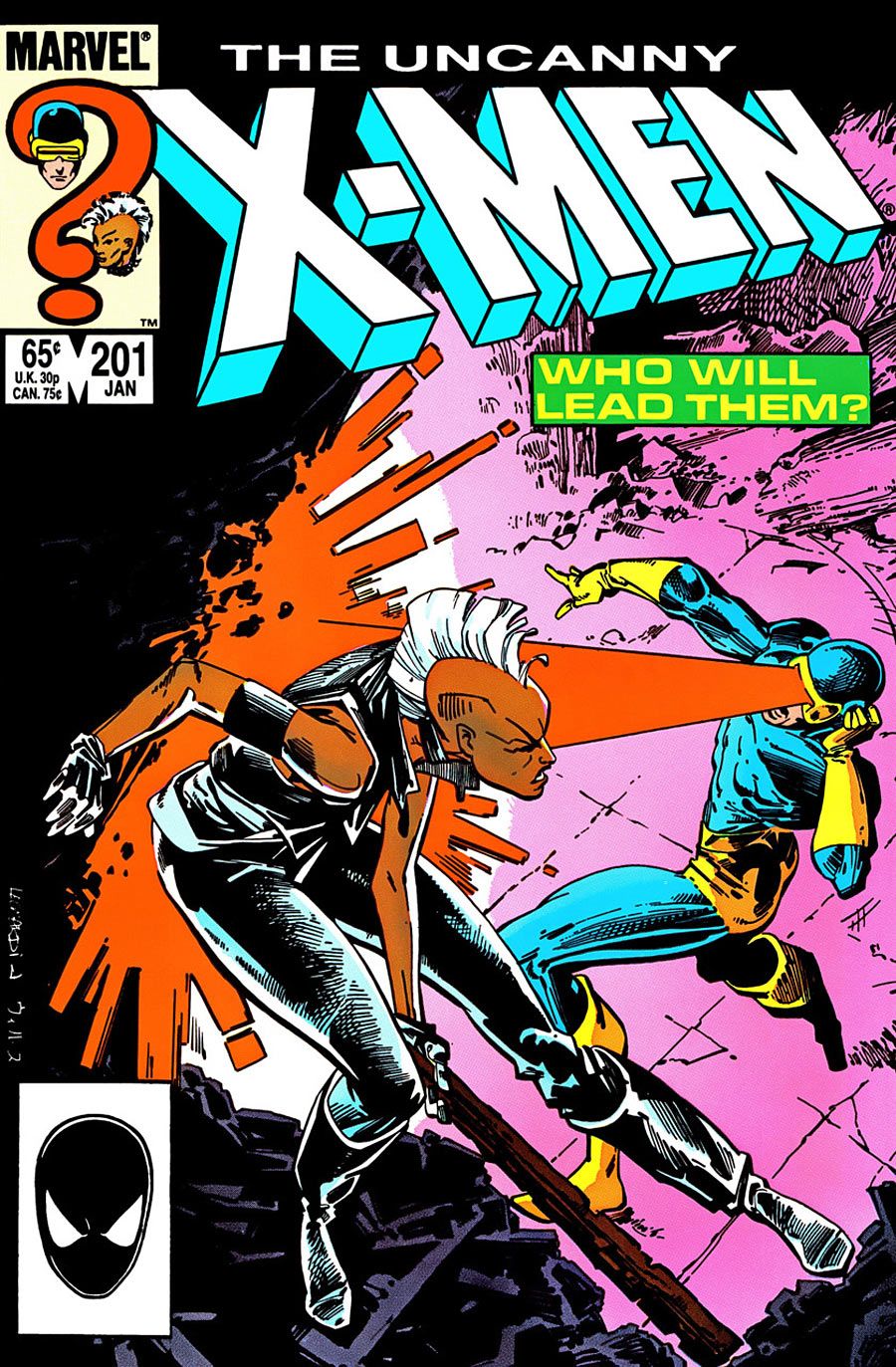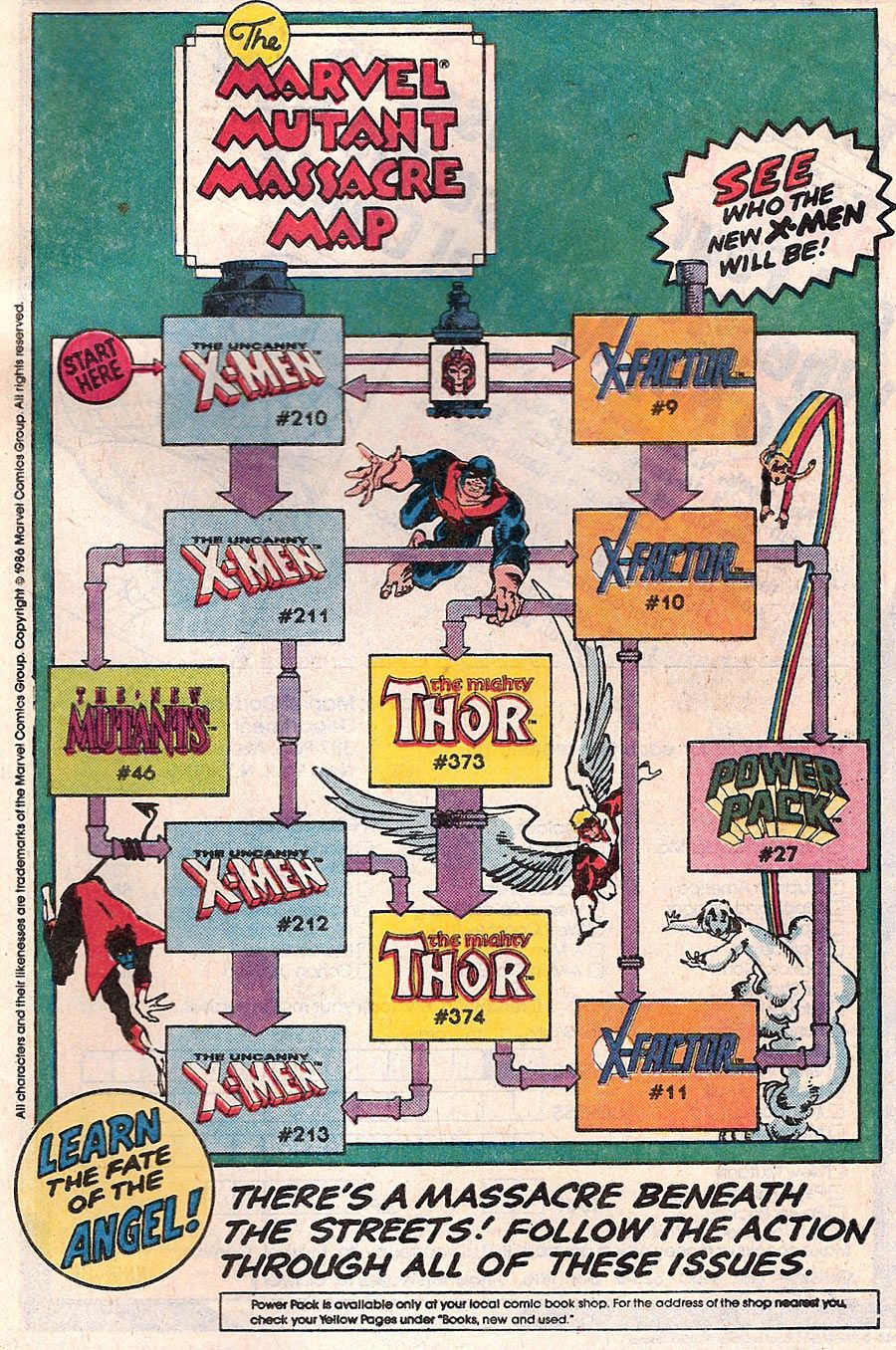When the show opened on Friday of New York Comic Con, a sizable crowd of X-Men fans immediately formed a line to get into this year's celebratory and retro-facing X-Men panel. The crowd in attendance was as diverse as the mutant super team, with fans of all types packed into the medium-sized panel room. Unlike previous X-Men panels, this one would focus more on the mutants' history. No announcements were made about the current crop of X-Books, but that doesn't mean there weren't surprises.
Marvel Executive Editor and head of the X-Men line Mike Marts introduced the all-star panel of legendary X-Men creators. In attendance were Rick Leonardi (artist, "Uncanny X-Men"), Fabian Nicieza (writer, "X-Force," "X-Men"), Walt Simonson (artist, "X-Factor"), Louise Simonson (editor, "Uncanny X-Men"; writer, "X-Factor," "New Mutants"), Chris Claremont (writer, "Uncanny X-Men," "New Mutants," "Excalibur") and Len Wein (writer, "Giant-Size X-Men" #1).
Marts started the panel appropriately at the very beginning by asking each guest to talk about how they first got involved with the X-Men. "It theoretically starts with Wolverine," said Wein. "I was asked by then Editor-in-Chief Roy Thomas to create a Canadian character with the name Wolverine. People ask, 'How did you create Wolverine?' It was actually the easiest character I ever created. I researched wolverines and ended up discovering that wolverines were short, hairy, nasty, little creatures with razor sharp claws and they would take on guys ten times their size. They were fearless. I made him a mutant because there'd been discussion of reviving the X-Men as an international mutant super hero team."
X-POSITION: The Marts to "AXIS" and Beyond
Claremont then recounted his days as a Marvel intern (or "gopher," as the position was called back then) back in 1969, around the same time that Roy Thomas and Neal Adams took over the lagging "X-Men" title. "A few weeks later they were trying to figure out how to get rid of the Sentinels, who were decimating the X-Men at that time. Being too dumb to know any better, I said, 'Well, it's scientific fact that mutantcy derives from radiation, which is solar radiation, i.e. the logical extension is they try to burn the sun. Roy looked at me and said, 'Did I ask you?' I said, 'Sorry.' Then he used it."
"I was hired to edit Marvel's licensed properties and to handle the X-Men, which I was very excited about," said Louise "Weezy" Simonson. "Then there was a little bit of a kerfuffle with the death of Phoenix and I got handed the book early. I just suddenly had this project dumped on me prematurely. I was so excited and so happy to be working on it."
Not too long after Louise Simonson got involved with the X-Men, her husband Walt joined in as well. "Paul Smith was the artist [on 'Uncanny X-Men'], doing beautiful work," said Simonson. "He was doing one issue a month, Weezy was the editor, and he got handed a double-[sized] issue and he was getting behind a month. So Weezy said, 'Could you draw one issue of the 'X-Men' for Chris. Chris was working ahead, so the fill-in issue was an issue he had already planned out, if I remember it, so it was in continuity. So I just got the issue and they said, 'Quick, draw this!' So I drew an issue of 'X-Men,' it was the only issue I ever drew and it is my most reprinted comic of any I've ever done, because it's the issue where Rogue went from being a bad girl to being a good girl."
As one of the X-Men's definitive writers of the '90s, Fabian Nicieza's relationship began with a comic written by fellow panelist Len Wein. "I bought 'Giant-Size X-Men' #1 from a spinner rack in a Krouser's [grocery store], and I loved it because I love Dave Cockrum," said Nicieza. "I bought it every single month until 1985 when I got a job at Marvel and I got it for free."
In his first work with the mutants, Leonardi inadvertently ended up drawing the first appearance of one of the most prominent X-Men characters of the '90s. "['Uncanny X-Men' editor] Ann Nocenti called me up with 'X-Men" #201, so I got to draw Madelyne Pryor and Scott Summers' baby, who -- we didn't know it at the time -- turned out to be Cable," said Leonardi.
When asked about their favorite experiences from their X-tenures, Walt Simonson took the opportunity to clear the air about a long-lasting misattribution. "My favorite experience is everyone thinking that I created Apocalypse," said Walt Simonson. "Weezy invented the character, and everyone thinks I created him -- it's on Wikipedia. Even the guy who created it thought I had done it. That was Jackson Guice. He's the guy who drew Apocalypse for the very first time... Jackson drew him once in a small panel in an issue. He forgot he did that. I took his drawing and I gave the guy steroids, I juiced him up a lot because I'm an old Kirby guy. He came to look a lot like how I drew him."
The prompt inspired Louise Simonson to talk about the genesis of the very first crossover -- "The Mutant Massacre." "So Chris [Claremont] says to me, 'I'm gonna kill them," said Louise Simonson. "I'm gonna dispatch these evil villains who are going to kill the extra Morlocks. I said, 'Oooh what fun, can I play?' You were gonna do it in a single issue, and I said, 'No no no, please let me help; I like to kill Morlocks too!' So we decided we'd do it as a crossover. We were going to call it the 'Merry Marvel Marching Mutant Massacre,' only Marvel thought that was in bad taste and wouldn't let us do it.
"We couldn't sell comics in September," Simonson continued. "So we did this crossover [in September] and it sold gangbusters, so remember the next year? [Marvel Editor-in-Chief Jim] Shooter comes to us and says, 'You're doing another crossover and this is what you're gong to do.' He started telling us, and we said, 'Oh no, we already have something planned.' We didn't have anything planned. That became 'Fall of the Mutants'... The crossovers we did we did for fun, which was really our choice. They turned out well."
Len Wein, who helped bring the X-Men back to life in the mid-'70s with artist Dave Cockrum, then recounted the creation of Storm. "There were these two characters, one called Black Cat and another called, I think, Tempest," said Wein. "Black Cat was African and had abilities with luck. Tempest controlled the weather. They were the only two characters that didn't work. We liked the personality of one. Dave and I went to [Marvel Comics Editor-in-Chief] Roy [Thomas] and said, 'We're stuck here. We can't make these two characters work.' He said, 'Simple solution. Take the powers of one and the personality of another.' We got Storm out of that."
GIANT-SIZE X-POSITION: The "All-New" Brian Bendis Returns - Part 2
The panelists then answered an audience question about their favorite X-Men villain. Wein said Krakoa, while the Simonsons both singled out Apocalypse. Fabian Nicieza highlighted a mutant he always wanted to get more attention. "Magneto for the big picture, but one of my favorite issues was when Mesmero hypnotized the X-Men in a really nasty, dirty, lascivious issue in a lot of ways," said Nicieza. "And because of that, I always thought Mesmero was a character that more should have been used more because of his powers."
Inspired by Rick Leonardi's praise of Emma Frost and her school of mischievous mutants, Chris Claremont posited that it would be impossible to pitch the X-Men today. "We're going to do a school where this bald guy in a wheelchair recruits little kids and puts them in skintight suits," said Claremont. "Down the street is this really sexy woman who does the same thing and she has mind powers -- they both have mind powers."
A fan then asked the panel about their least favorite changes made to the characters following their initial departure from the X-Men line. After some uncomfortable laughter, Claremont mentioned something he changed about Len Wein's most famous creation. "Did you know Wolverine was only 19 years-old? That's how it started," said Claremont. "Dave and I just didn't quite see it that way."
The topic of conversation mutated into a less combative question focusing on storylines the writers never got to tell. Claremont detailed a storyline he never got to tell starring Wolverine, Jean Grey and the Hand.
"Wolverine gets his adamantium claws torn out of him, he becomes a bad guy, and leader of the Hand," said Claremont. "Jean tries to come to rescue him and she becomes leader of the Hand." With this revelation, the audience gasped in intrigued surprise. "I thought that too! [But] the story started out with killing Wolverine and ['Wolverine' writer] Larry Hama was like, 'What am I supposed to do while Wolverine's dead?'"
The final fan question touched upon the X-Men's minority metaphor, and asked the panelists to talk about their favorite stories that tackled the big issues. "'God Loves, Man Kills,'" answered Claremont without hesitation. "It ruined graphic novels for me, because I said all I wanted to say and I couldn't come up with an idea that was as good."
"Things were a little bombastic when I was doing the book, that entire time," said Nicieza, who wrote "X-Men" from 1992 to 1995. "We actually didn't get as much of an opportunity as we would have liked to slow down and breathe a little bit. Unfortunately ['Uncanny X-Men' writer] Scott Lobdell grabbed all those opportunities. I liked that I got to do a few things, particularly with Gambit and Rogue -- but that created a monster in itself. But at the end of the day, getting to have characters taking an opportunity to talk to each other and build it was a pretty rare chance for us at that time, if you can grab six pages or an entire issue. I still like those moments."

